8. Face to Face (Ingmar Bergman)
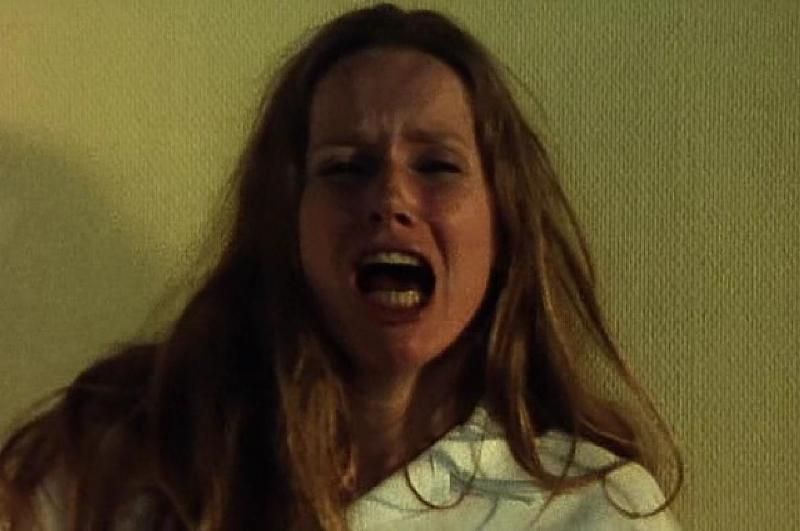
Featuring a brilliant performance from Liv Ullmann as psychiatrist Jenny Isaksson, Face to Face was released in the U.S. in the spring of 1976 and became one of director Bergman’s most compelling films. As Jenny becomes troubled by the demons in her subconscious, her co-worker Dr. Tomas Jacobi (Erland Josephson) tries to help her, but to no avail.
Jenny undergoes a horrific descent into madness, ultimately coming to a point where she cannot function as a wife, a psychiatrist or even simply as a person. The film recalls Polanski’s Repulsion in its depiction of a woman’s total and complete mental breakdown due to the monsters and horrors that she imagines.
Face to Face was originally conceived as a four part series to air on Swedish television. Bergman completed the TV version, but also edited a somewhat shorter version as a feature film that was eventually shown at the Cannes Film Festival and released theatrically before it was aired on TV. For his efforts, the director received an Academy Award nomination as did Liv Ullmann for her impressive performance as the psychiatrist who becomes unhinged.
The film was named Best Foreign Language Film that year by the L.A. Film Critics Association. Now regarded by many as a masterpiece of psychological horror, Face to Face was one of the foreign film highlights of the year 1976 and is remembered by many as one of Bergman’s best films.
7. Rocky (John Avildsen)
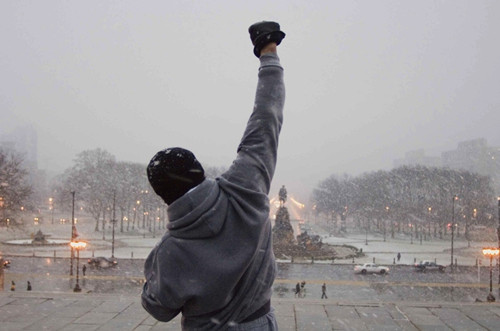
On the opposite side of the spectrum from Face to Face was Rocky, a true underdog story and a Hollywood film on every level. Rocky Balboa (Sylvester Stallone) is an over the hill heavyweight boxer who serves as a Philadelphia loan shark’s muscle man in order to make ends meet. When the opponent for an upcoming fight with heavyweight champ Apollo Creed (Carl Weathers) drops out due to a hand injury, the flamboyant Creed decides to pick local fighter Balboa as his opponent in order to drum up interest.
Rocky enlists the help of trainer Micky (Burgess Meredith) and friend Pauly (Burt Young) to help him train, even while romancing Pauly’s sister Adrian (Talia Shire). Rocky’s unorthodox fighting style confuses the champ and after a brutal fight, Creed is declared a narrow winner by decision, giving the underdog a moral victory by lasting the full 15 rounds against the champion.
The backstory of Rocky parallels the film’s underdog saga, as the unknown Stallone wrote the script for the film and starred in the low budget movie, only to see it become the overnight success of the year. Brought in for just over a million dollars, Rocky grossed 225 million dollars worldwide, becoming a knockout hit that also won the Academy Award for Best Picture of the year.
Spawning four sequels plus the more recent films Rocky Balboa and Creed, Rocky was a sensation that made the careers of practically everyone involved with the film. A gritty film shot largely on location in Philadelphia, Rocky was also one of the early films to utilize the Steadicam for the iconic sequence in which Rocky runs up the stairs of the Philadelphia Art Museum, arms raised. The film has held up well over the years and is now regarded as one of the high points of 1976.
6. The Tenant (Roman Polanski)
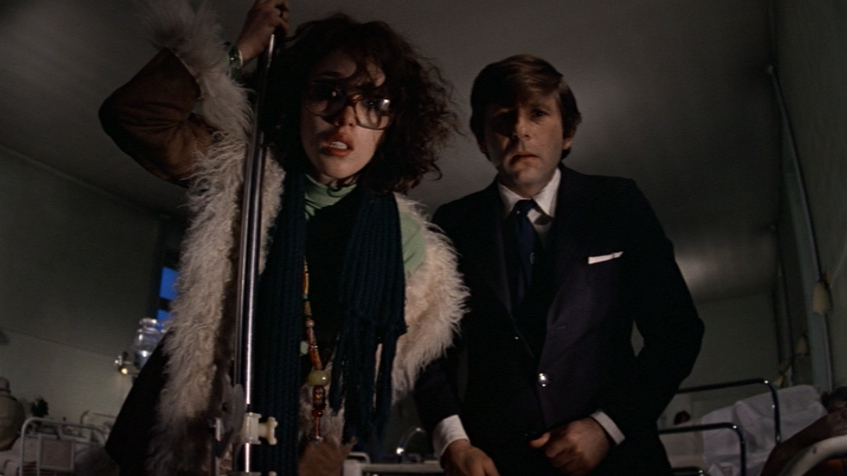
Somewhat in the vein of Face to Face is The Tenant, a psychological horror film directed by and starring Roman Polanski. Polanski is Trelkovsky, an unassuming man who takes over the apartment of a woman named Simone who has attempted suicide by throwing herself out of a window in the apartment. Visiting Simone in the hospital and seeing her bandaged face, Trelkovsky meets her attractive friend Stella (Isabelle Adjani).
Simone dies during the visit, and Trelkovsky soon finds himself drawn into the strange world of life in the apartment. His landlord (Melvyn Douglas) berates him, and he feels he is being watched by the other tenants. Gradually, Trelkovsky’s mental state begins to deteriorate, as paranoia takes over and he believes himself to be the victim of a plot in which he too will become a suicide victim and end up like Simone.
The last of Polanski’s ‘apartment trilogy’, The Tenant embraces the director’s major theme of domestic entrapment in a confined space. The film is unclear as to what extent the events that Trelkovsky experiences are really happening, or are merely figments of his imagination.
The cast was a mixed bag of European and Hollywood actors, and the actors spoke whatever language they were most comfortable in, with much overdubbing occurring later in the process. Although critics were highly divided over the film and it was just a modest box offices success, The Tenant is now considered one of Polanski’s most important and significant films.
5. All the President’s Men (Alan J. Pakula)
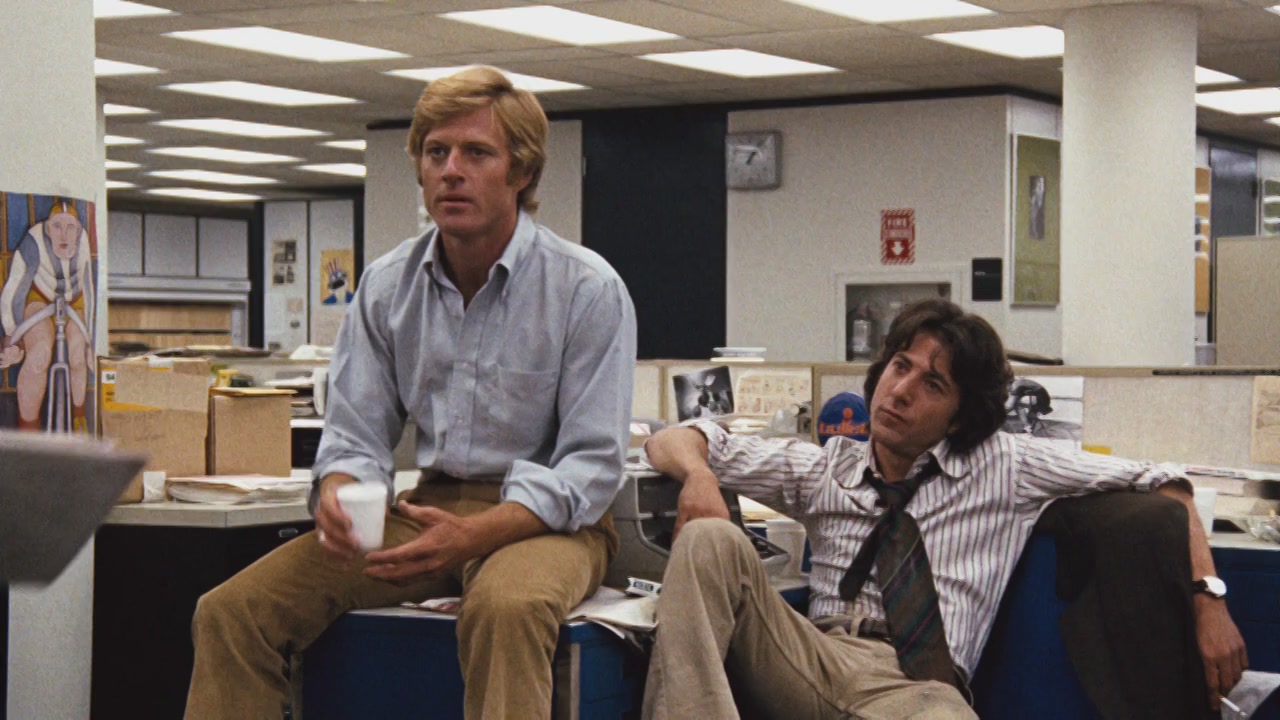
Following the real life events of the Watergate break-in and succeeding scandal, All the President’s Men was released to great acclaim in the spring of 1976. Washington Post reporter Bob Woodward (Robert Redford) is assigned to the seemingly insignificant story of a break in of the Democratic National Headquarters at the Watergate hotel. Woodward soon comes to believe that the story is more important than it seems, and he is teamed by editor Ben Bradlee (Jason Robards) with fellow reporter Carl Bernstein (Dustin Hoffman) who is working on the same story.
A check that is found on one of the burglars links the break in to President Nixon’s re-election committee, and as the two reporters question obviously reluctant committee employees they see the story widening to a major scandal and a cover up of the truth. Woodward is eventually assisted by a mysterious source nicknamed ‘Deep Throat’ (Hal Holbrook) who seems to be able to provide the information they need to break the scandal wide open.
The story of the Watergate break in was well known to the public by the time this film was released, but director Pakula and screenwriter William Goldman do a fine job of creating suspenseful sequences even while understanding that the audience knows the outcome. A very solid supporting cast including Martin Balsam, Ned Beatty, Jane Alexander and Jack Warden backed up the lead actors brilliantly.
All the President’s Men was a first class production all around, with cinematography by Gordon Willis and music by David Shire, and audiences responded favorably as the film grossed over 70 million dollars. Nominated for a slew of Academy Awards, Goldman won for best adapted screenplay and Robards picked up a well deserved Best Supporting Actor Oscar.
4. Seven Beauties (Lina Wertmuller)
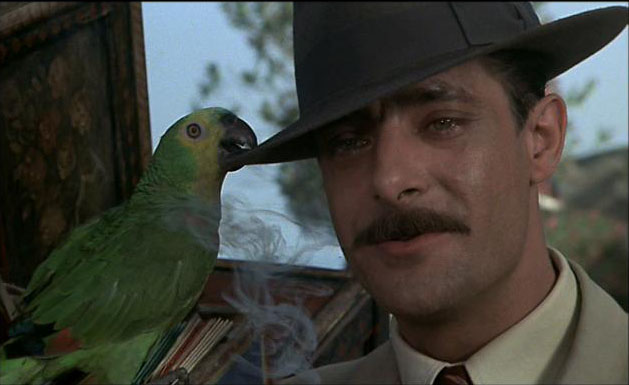
Highlighting a great year of foreign films is Seven Beauties, director Lina Wertmuller’s masterpiece. The story concerns Pasqualino (Giancarlo Giannini), a small time crook in pre-World War II Naples, who is sent to prison for killing a pimp who forced his sister into prostitution. Sent to prison for the crime and desperate to get out, Pasqualino and another prisoner agree to go into the Italian army, only to desert during wartime.
Captured and sent to a German concentration camp, Pasqualino must debase himself by making love to the obese female camp commandant (Shirley Stoler) and going through other torturous ordeals before the war finally ends and he returns to Naples to find out the fate of his seven sisters (the “seven beauties” of the title) during the war.
Seven Beauties was released in Europe in 1975, but makes this list based on its January, 1976 release in the United States. The film concerns the lengths that people will go to to survive the horrific ordeals that they face during wartime; some felt that the film was a harshly truthful portrayal, while other criticized its brutal view of what people will do in order to survive.
The movie was the culmination of a series of successful films that Wertmuller had made with Giannini and a personal triumph, as she became the first woman ever nominated for an Academy Award for Best Director. Critically lauded and an international hit, Seven Beauties is a satirical look at a troubled time for humanity. The brilliant style of the film ultimately shines over the difficult subject matter, making Seven Beauties a one of a kind film that is definitely worth seeing.
3. Marathon Man (John Schlesinger)
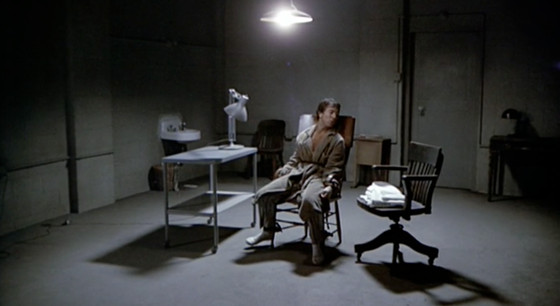
Dustin Hoffman portrays “Babe” Levy, a New York Ph.D. candidate and marathon runner, whose brother, “Doc” (Roy Scheider) is, unbeknownst to Babe, a government agent. Doc and his boss Janeway (William Devane), are working with Nazi Christian Szell (Laurence Olivier) in a diamond smuggling scheme in which Szell assists the government by helping them locate former Nazi officers in hiding.
When the scheme begins to go bad, Doc is fatally knifed, but returns to his brother’s apartment just in time to die. Now under suspicion, Babe is tortured brutally by Szell, who is trying to make sure that it is still safe for him to pick up a shipment of diamonds. Eventually, Babe escapes with the help of girlfriend Elsa (Marthe Keller), but he finally realizes that she is in on the scheme. Ultimately, Babe hunts down Szell on his own as the Nazi attempts to retrieve the diamonds and a final deadly showdown occurs.
Marathon Man was based on a novel by the prolific William Goldman, who also authored the screenplay. After some disagreement, the ending of the film was changed from the novel’s ending to a more upbeat one that audiences would accept. Ultimately, Marathon Man was a huge success, praised by most critics despite the graphic violence, and the film was a hit at the box office.
The gritty, twisting thriller is a high point of the later ‘New Hollywood’ period. Olivier was nominated for an Academy Award for best supporting actor and found his him film career revived; two years later, in The Boys from Brazil, he played a Nazi hunter himself who faces of with Gregory Peck’s vicious Nazi, Josef Mengele.
2. Network (Sidney Lumet)

Network was based on a brilliant original screenplay by writer Paddy Chayefsky, who had experienced network TV first hand as a writer during the golden age of television in the 1950’s. UBS News anchor Howard Beale (Peter Finch in his final role), facing the axe over low ratings, goes on the air and gives an impromptu angry man rant, threatening to commit suicide, much to the chagrin of old friend and news director Max Schumacher (William Holden).
His tirade stirs up interest and Beale is left on the air, eventually giving another rant in which he instructs viewers to go to the window and yell: “I’m mad as hell, and I’m not going to take it anymore!” The spike in ratings attracts the attention of entertainment programming head Diana Christensen (Faye Dunaway), who spars with Schumacher over the direction of the show that she now wants under her control. The two eventually enter into an affair and Schumacher finally leaves his wife (Beatrice Straight) of many years for Christensen.
The Howard Beale show is now a major hit and Christensen fills out her programming with other oddities of (what we now call) reality television, including the Mao Tse-Tung Hour. Network head Frank Hackett (Robert Duvall) is happy with the results until one of Beale’s rants undermines the sale of CCA, the corporation that owns the network, and it is determined that Beale has to go.
Meanwhile the now fired Max Schumacher’s affair with Diana burns out, and he slinks back to his wife with his proverbial tail between his legs. Knowing that the Beale show must now be taken off the air, Hackett, Christiansen and the other network execs face a quandary as board chairman Arthur Jensen (Ned Beatty) is now protecting the Beale show, so in the end they come up with a unique way of solving the problem of Howard Beale.
Network was at once a brilliant commentary on the lives of people involved in the top levels of broadcasting, as well as being a prescient analysis of the state of the medium which looked forward to events that were still twenty or thirty years away.
The film was critically acclaimed and a box office hit, resulting in Academy Awards for Dunaway, Finch and Straight (despite being on screen for only five minutes) as well as Chayefsky, whose masterful script was given the award for best original screenplay. Network now stands as a high point of the year and an example of filmmaking at its best, unfettered by special effects or computer generated images.
The film is, simply put, a great story written by a master at the top of his craft, directed with workmanlike quality and featuring superlative acting by a mixture of classic old Hollywood as well as ‘New Hollywood’ stars. For good or ill, Network represents a moment in time in the history of Hollywood and American cultural life that will likely never be repeated.
1. Taxi Driver (Martin Scorsese)
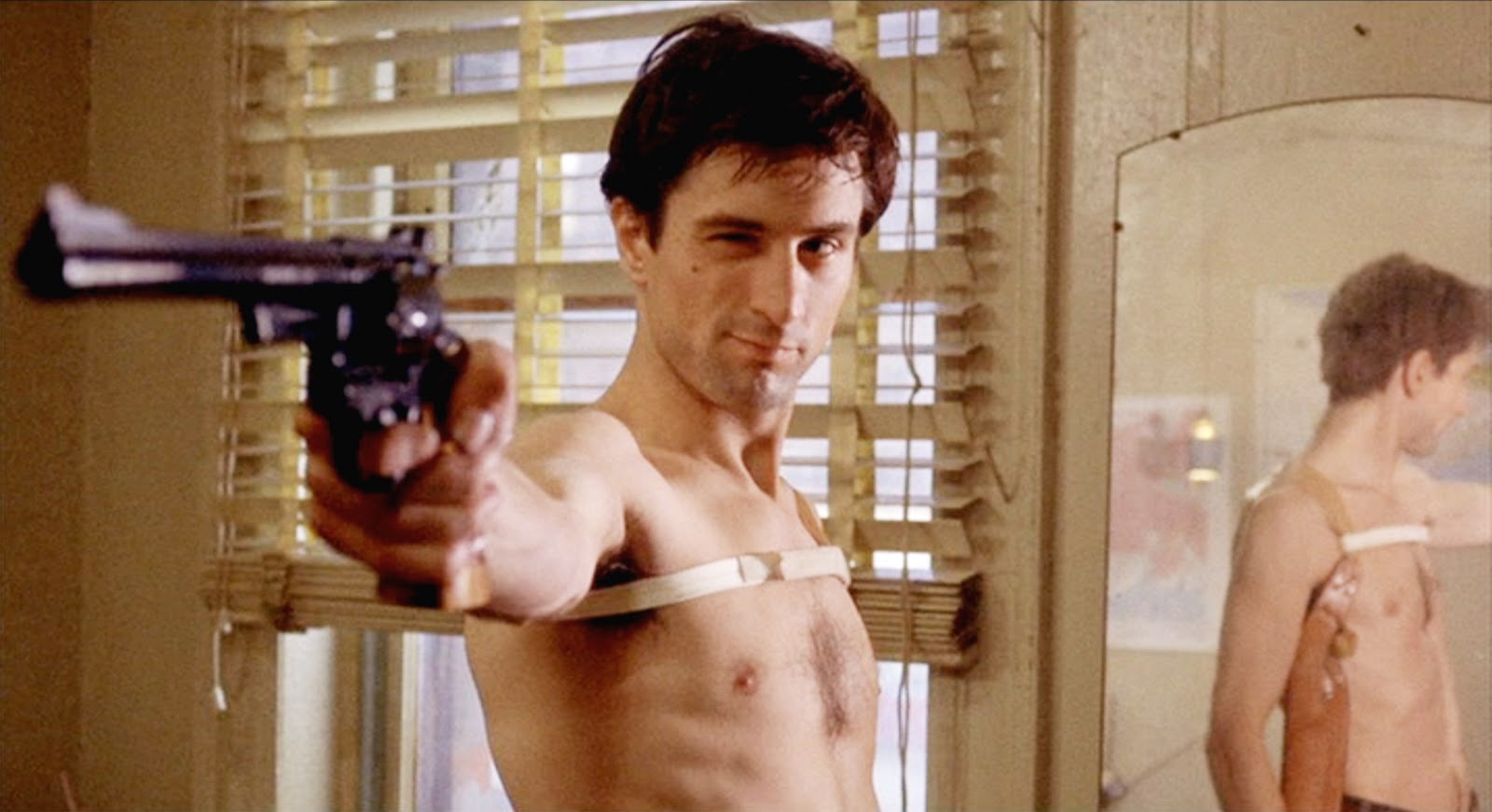
One of the high points of the year was the February release of Taxi Driver, a film that featured many new and upcoming talented actors. Based on an original screenplay by Paul Schrader, the story concerns Travis Bickle (Robert De Niro), an honorably discharged marine living in New York City, whose insomnia causes him to take a job as a nighttime taxi driver. He begins to fixate on the beautiful Betty (Cybil Shepard), who is working on the presidential campaign of Charles Palantine, but their date ends in disaster when he takes her to see a porno movie.
Later, Travis meets Iris (Jody Foster), a young prostitute under the control of a pimp named Sport (Harvey Keitel). As Travis’s grip on reality begins to unravel, he arms himself to the teeth and goes to a Palantine campaign rally with the apparent intent to assassinate the candidate.
He scuttles his plans after he is spotted by security and instead engages in a bloody showdown with Sport over Iris. At the end the young girl is freed and back with her family, while Travis continues his work as a nighttime taxi driver, picking Betty up for one more ride in his cab.
Although director Scorsese had made two prior features, it is really Taxi Driver that introduced the world to his talents as a film director and cinematic visionary. The gritty, urban story of the film is offset by Scorsese’s innovative, stylistic cinematic devices, derived from the many European and classic Hollywood directors that he had studied, and complemented by a highly expressionistic musical score by the great Bernard Herrmann.
The film won the Palme d’Or for best film at the Cannes Film Festival and was nominated for several major Academy Awards, although it didn’t win any. Despite its violent content and “R” rating, the film was a huge box office success. Travis Bickle was De Niro’s breakthrough part, establishing him as a major acting talent, and Taxi Driver also helped launch the career of young Jodie Foster.
The line “You talkin’ to me” (which De Niro apparently improvised) entered into the popular lexicon after it was featured in the film. Taxi Driver is now remembered as a classic of the ‘New Hollywood’ era and one of the greatest films of director Martin Scorsese. See it and see it often.
Author Bio: Jim Davidson is a 1980 graduate of Northwestern University’s Radio-TV-Film Dept. He lives in the San Francisco Bay Area and has been a video producer since 1987. Jim has written articles for Images Film journal and is currently working on a book about the movie Harold and Maude.